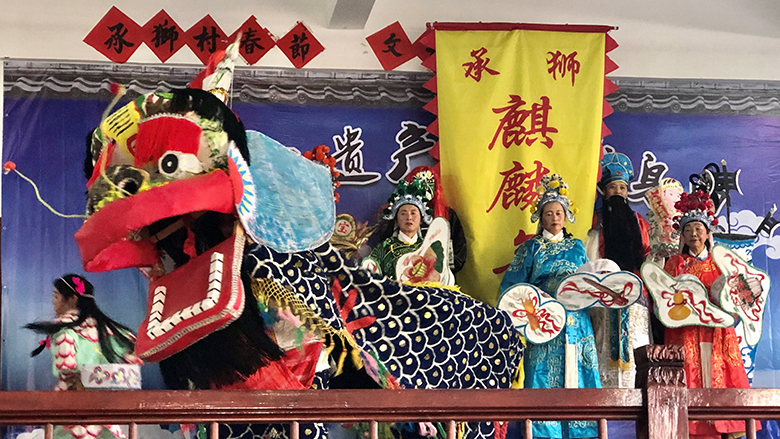Challenge
While China’s rapid economic growth lifted more than 850 million of people out of poverty since 1978, it was associated with rising urban-rural inequalities in incomes, opportunities, and quality of life. In 2010, the average per capita disposable income among rural residents was less than one-third that of urban residents.
Anhui is a landlocked province located in the east of China. Its economy was lagging behind many other provinces in the eastern region because of a higher concentration of low-productivity agriculture and a lagging service sector. In 2010, Anhui’s per capita gross domestic product (GDP) was less than 40 percent that of neighboring Zhejiang and Jiangsu Provinces, and its average per capita rural income was considerably lower than the national average.
Huangshan, a city named after its magnificent Yellow Mountains and a popular tourist destination, faced challenges in the rural areas including insufficient investment in basic infrastructure, shortage of funding to preserve cultural heritage assets, low agricultural productivity, limited employment opportunities, underdeveloped tourism facilities, and lack of capacity and skills to improve quality of services and create economic opportunities.
Approach

(Increase private sector agriculture productivity as a result of project investments. Photo: Ahmed Eiweida, World Bank)
In line with the Chinese government’s initiative to “build new socialist countryside”, the Anhui Yellow Mountain New Countryside Demonstration Project supported Huangshan’s rural development in multiple sectors, including:
- Investment in rural infrastructure and public services to reduce inequalities in the quality of life between rural and urban areas
- Conservation and development of tourism assets, including tangible and intangible cultural heritage and tourism facilities, and skills development for rural residents to improve quality of tourism services, attract more tourists, and create jobs and income-generating opportunities.
- Improvement of irrigation, drainage and flood control, development of green and higher value-added agricultural production bases and market facilities, and training for farmers to increase agricultural productivity and integrate into the modern agricultural value chain.
- Institutional capacity building for local government staff to improve planning and management of infrastructure assets and cultural heritage conservation, tourism and agriculture industries.。
This multisectoral approach and the emphasis on skills training, economic development, and preservation of local culture set the project apart from the majority of rural development projects in China at that time, which focused exclusively on infrastructure.
Results

(Supporting Anhui’s community cultural performance centers and intangible cultural heritage. Photo: Ahmed Eiweida/World Bank)
The project was implemented in 68 villages from 2013 to 2020 and contributed to the achievement of the following key results:
- Access to all-season roads for more than 136,000 people within 500 meters from their homes.
- Access to improved water sources for more than 35,000 people, with coverage of tap water supply increasing by 16 percent.
- Access to improved sanitation for more than 24,000 people, with coverage of centralized wastewater treatment increasing from 11 percent to 46 percent.
- Enhanced flood protection for project villages due to the construction of drainage systems, river revetment, and dredging of river and ponds.
- Improved quality of services for tourism through restoration of over 58,000 square meters of historic buildings and construction of about 300 tourism facilities, such as parking lots, public toilets, and tourist reception centers.
- The project also helped villages develop tourism plans, organize traditional art festivals, strengthen tourism associations, and train villagers in tourism service management. As a result, the number of tourists visiting project villages increased by 78 percent and exceeded 3.7 million annually by 2019.
- The project also helped villages develop tourism plans, organize traditional art festivals, strengthen tourism associations, and train villagers in tourism service management. As a result, the number of tourists visiting project villages increased by 78 percent and exceeded 3.7 million annually by 2019.
- Improved quality of services for agricultural industries through construction of access roads and irrigation channels, rehabilitation of small dams and construction of 11 agriculture markets, 29 agricultural production bases for indigenous products, one processing factory, three fresh-keeping warehouses, and two exhibition centers. The project also supported the operation of 19 agriculture associations and training of more than 4,800 farmers in new agricultural technologies.
- Increased income-generating opportunities:
- The project created 4,565 local jobs.
- More than half of the 2,400 people receiving tourism training were women, and some of them started their own farmhouse businesses using the knowledge and skills gained from the training.
- The per capita net income of the project villages increased by 12.4 percent annually from 2013 to 2019.


